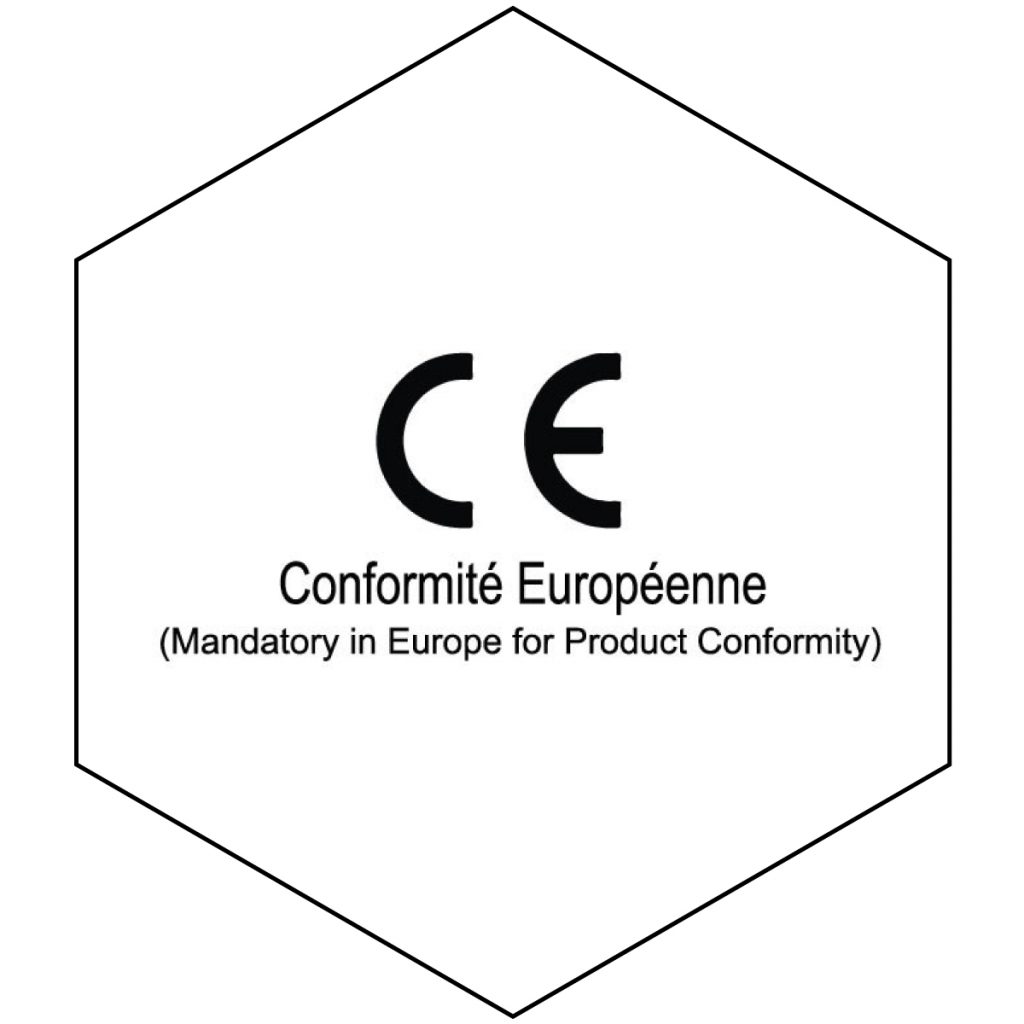
The Conformitè Europëenne (CE) Mark is defined as the European Union’s (EU) mandatory conformity marking for regulating the goods sold within the European Economic Area (EEA) since 1985. The CE marking represents a manufacturer’s declaration that products comply with the EU’s New Approach Directives. These directives not only apply to products within the EU but also for products that are manufactured in or designed to be sold in the EEA. This makes the CE marking recognizable worldwide even to those unfamiliar with the EEA. CE mark indicates that a product fulfills the requirements of relevant European product directives and safety standards.
WHAT IS CE MARK AND WHY YOU NEED THIS MARK?
The Conformitè Europëenne (CE) Mark is defined as the European Union’s (EU) mandatory conformity marking for regulating the goods sold within the European Economic Area (EEA) since 1985. That means you can’t sell your products in Europe Market without labelling this mark on your product. The CE marking represents a manufacturer’s declaration that products comply with the EU’s New Approach Directives. These directives not only apply to products within the EU but also for products that are manufactured in or designed to be sold in the EEA. This makes the CE marking recognizable worldwide even to those unfamiliar with the EEA. The term initially used as “EC Mark” and it was officially replaced by “CE Marking” in the Directive 93/68/EEC in 1993.
HOW DOES THE CE MARK WORK?
CE Mark is a symbol that must be affixed to many products before they can be sold on the European market. The mark indicates that a product:
The presence of CE marking further indicates that appropriate technical documentation supporting the use of the mark is available and can be provided by the manufacturer, importer, or person responsible for placing the product on the EU market upon request.

WHAT DO YOU NEED TO DO TO GET THE CE MARK FOR YOUR PRODUCT?
If you are planning to get the CE Mark for your product, you need follow the EU declaration for that specific product. Mostly the CE mark need the following certificates for an electronic household product:
(N: B: Requirements can be varied for different products according to EU regulations.)
NUSDAT-UTS can provide you full guidance to get CE certification for your products.
WHAT ARE THE DIFFERENCES BETWEEN CE MARK and DoC?
CE mark does not provide any specific information to the consumer. It is not a quality assurance declaration, it does not show any evidence of third-party testing, and it should not be confused with any independent certification mark of the type issued by international or European notified test bodies.
Certain directives include an option for the responsible organization to provide a Declaration of Conformity (DoC) stating that a product fulfills the requirements of the applicable directives. However, if challenged, the appropriate evidence must be supplied to support the self-declaration claim. Other directives, particularly those pertaining to products affecting health and/or safety, such as pressure vessels, will require a specific certificate from a notified body.
© 2025 Nusdat. All Rights Reserved.